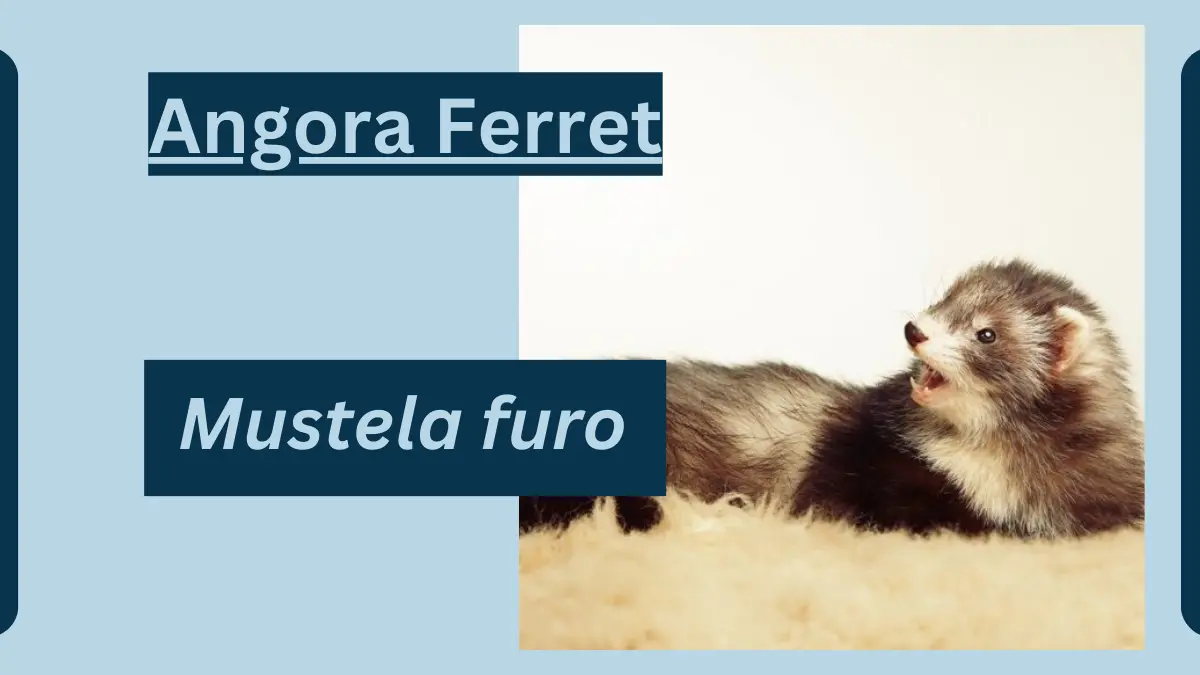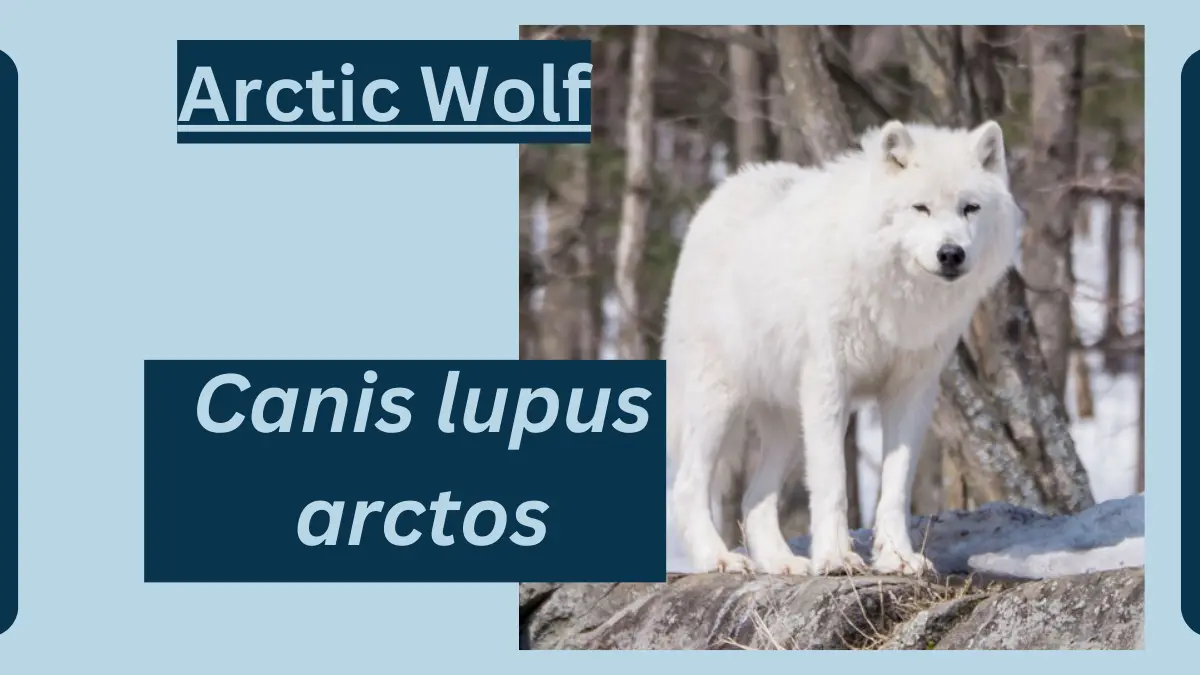Capybara Animal Facts | Hydrochoerus hydrochaeris
October 21, 2023
The Capybara is the largest rodent species in the world, known for its friendly and sociable nature.

Capybara
Here’s some information about the Capybara:
| Topic | Information |
| Species and Characteristics | Species: Capybara (Hydrochoerus hydrochaeris) |
| Physical Appearance: Capybaras have a barrel-shaped body with short, coarse hair that can vary in color, often brown or gray. They have a broad head, webbed feet, and no tail. | |
| Size and Weight | Capybaras are the largest rodents, with adults typically measuring about 3.3 to 4.4 feet (1 to 1.35 meters) in length and standing about 20 inches (50 centimeters) tall at the shoulder. They can weigh between 77 to 146 pounds (35 to 66 kilograms). |
| Habitat and Range | Capybaras are native to South America and can be found in a variety of habitats, including grasslands, wetlands, and near bodies of water like rivers and lakes. They are excellent swimmers. |
| Behavior and Social Nature | Sociable and Peaceful: Capybaras are highly social animals, often living in groups known as herds. They are known for their peaceful and non-aggressive behavior. |
| Semi-Aquatic: They are excellent swimmers and often spend time in the water, which helps them evade predators and regulate their body temperature. | |
| Diet and Feeding Habits | Capybaras are herbivores and primarily graze on grasses and aquatic plants. They have a specialized digestive system for processing plant material. |
| Reproduction and Family Life | Female Capybaras give birth to litters of typically two to eight pups, with a gestation period of about 130 to 150 days. The young are highly precocial and join the herd shortly after birth. |
| Predators and Threats | Natural predators of Capybaras include jaguars, pumas, and large snakes. Habitat loss due to deforestation and hunting also pose threats to their population. |
| Interesting Facts and Features | Communication: Capybaras are known for their vocalizations, including barks, purrs, and whistles, which they use for communication within their social groups. |
| Hydrophilic: Capybaras are often found in proximity to water and have special adaptations for an amphibious lifestyle, with webbed feet and dense fur. | |
| Relationship with Humans | Capybaras are sometimes kept as pets in certain regions, although this practice may be regulated. They are generally gentle and are sometimes seen interacting with people in natural reserves and parks. |
| Conservation Status and Life Today | Capybaras are considered a species of “Least Concern” in terms of conservation status. They are not currently facing significant population threats and are found in various protected areas. |
File Under:







Leave a Reply